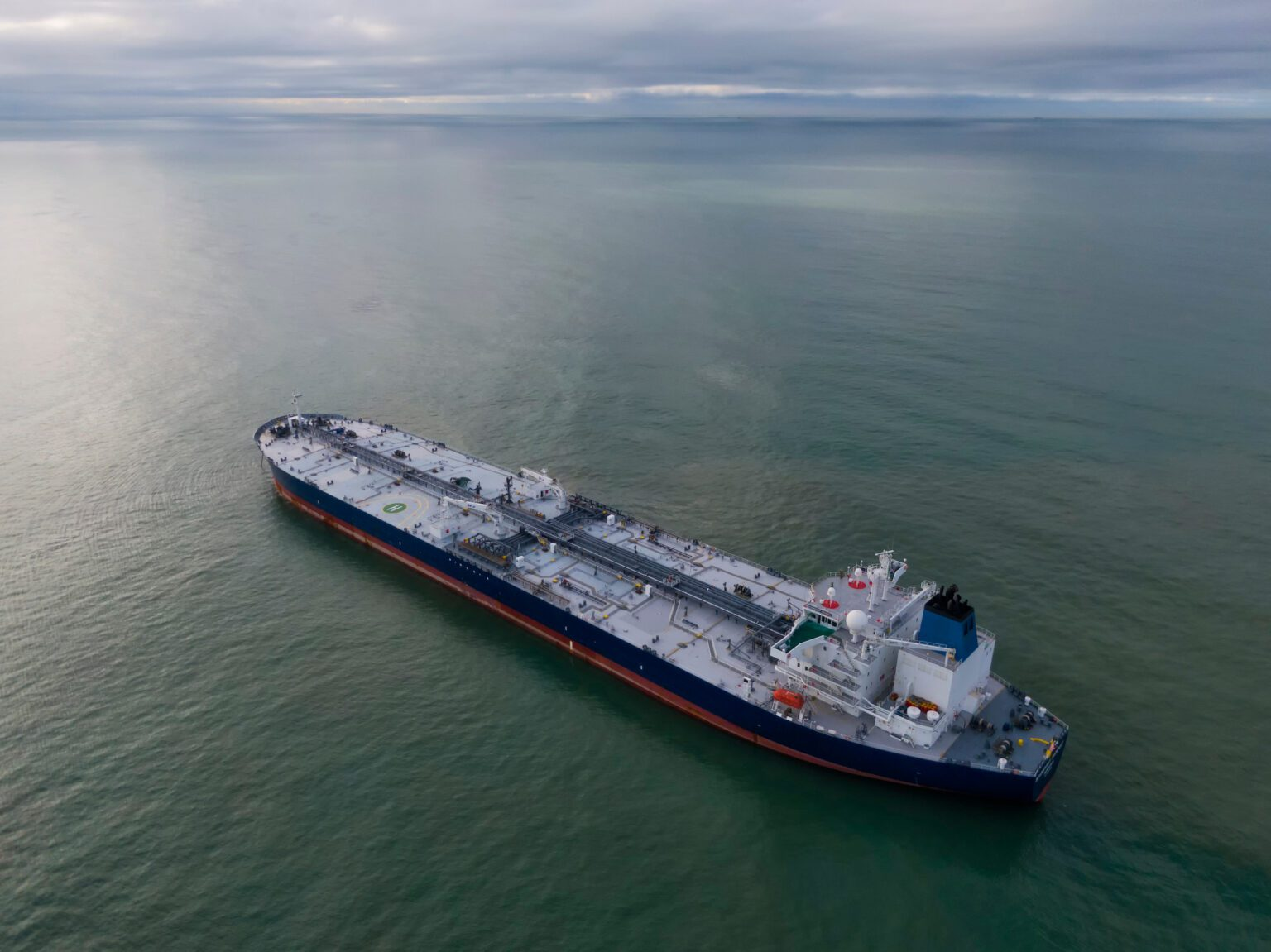The crude oil tanker sector is experiencing its most significant shipbuilding boom in nearly a decade, with the ratio of orders to fleet size climbing to 14.1%—the highest level since 2016. This signals that the world’s aging tanker fleet is poised for renewal and replacement.

According to the latest analysis by the Baltic International Maritime Council (BIMCO), the surge in crude oil tanker orders represents a dramatic reversal compared to March 2023. At that time, the ratio had fallen to a low of 2.8% due to historically low newbuilding orders in 2022.
Niels Rasmussen, chief shipping analyst at BIMCO, said: “Due to low order volumes in 2022, the order-to-fleet ratio for crude oil tankers bottomed out in March 2023 at just 2.8%. Since then, the ratio has steadily recovered and has now reached a nine-year high of 14.1%. Current order volumes may drive the replacement of aging fleets that have been growing at an average age since 2018.”
Since 2023, shipowners have placed orders for a cumulative total of 325 crude oil tankers, with a combined deadweight tonnage of 68.7 million tons. The current order book comprises 309 vessels totaling 65.8 million deadweight tons, with deliveries expected to peak at 28.2 million deadweight tons in 2027. Notably, nearly 98% of these ordered vessels are scheduled for delivery by the end of 2028.
Asian shipyards continue to dominate the sector, with Chinese yards securing 60% of crude oil tanker orders, followed by South Korea and Japan at 31% and 8% respectively. Suezmax tankers and Very Large Crude Carriers (VLCCs) emerged as the mainstay of new orders, accounting for 135 and 128 vessels respectively.
However, this expansion comes at a time of uncertainty regarding future oil demand prospects. The International Energy Agency’s (IEA) latest World Energy Outlook forecasts that global oil demand will grow at an average annual rate of no more than 0.7% between 2024 and 2035.
Rasmussen noted: “Compared to the projected future growth in global oil demand, the current order volume may appear excessively large.”
According to IEA projections, if more aggressive decarbonization measures are adopted to align with the Paris Agreement’s 1.5°C temperature control target, global oil demand could actually contract at an annual rate of 3.3%.
The key to maintaining market balance lies in vessel scrapping. Currently, 18.2% of the crude oil tanker fleet is aged 20 years or older, accounting for 17.2% of the global crude oil tanker fleet’s total capacity—slightly higher than the current total order volume.
However, the industry still faces challenges. Rasmussen warned that over 40% of potential scrap capacity comes from sanctioned vessels, which also restrict the sale of these vessels, potentially leading to delays in scrapping and reducing their scrap value.
Rasmussen stated, “Despite the relatively large order volume and potentially weak demand growth, the market is expected to achieve supply and demand balance if older vessels can be scrapped and recycled in a timely manner.”
This analysis indicates that the industry faces a delicate balancing act: modernizing its aging fleet while avoiding oversupply amid potential slowdowns or reversals in market demand growth, as the world gradually moves away from fossil fuels.


